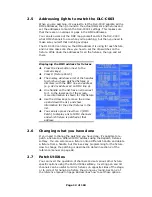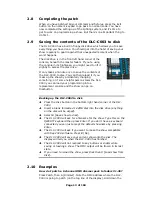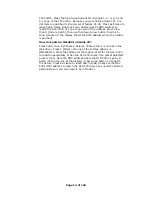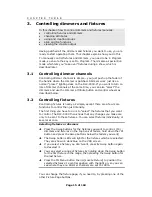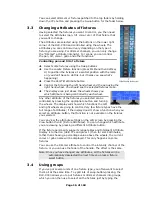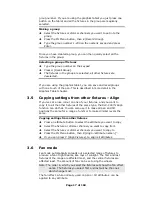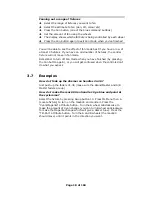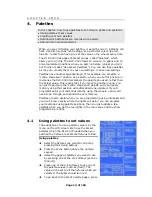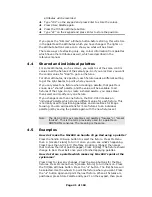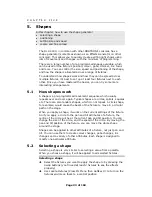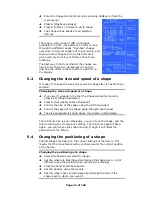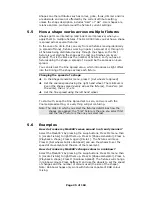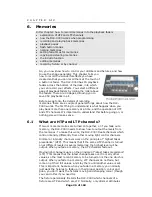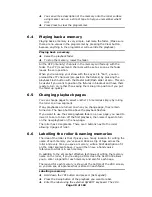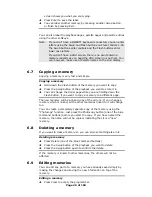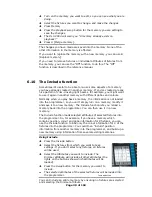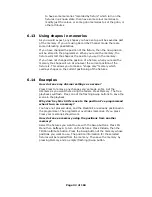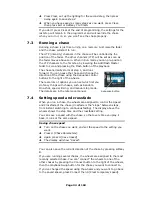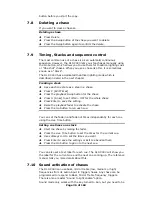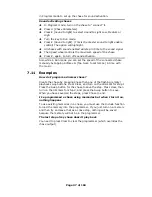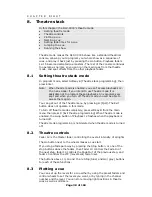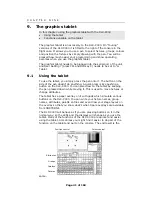
Page 26 of 163
C H A P T E R S I X
6.
Memories
In this chapter: how to record memories into the playback faders
•
explanation of HTP and LTP channels
•
how the DLC-C003 works when programming
•
recording and playing back memories
•
playback pages
•
flash button modes
•
naming memories
•
setting fade times for memories
•
copying and clearing memories
•
the include function
•
editing memories
•
record by fixture or by channel
So, you now know how to control your dimmers and fixtures, and how
to use the shape generator. This chapter tells you
how to record the wonderful effects you have
created so that you can recall them at the touch of
a button or fader. The DLC-C003 has 15 playback
faders across the bottom of the desk, into which
you can record your effects. You select a different
page of playback faders by rolling the roller above
the faders. There are 30 pages, allowing you to
save 450 playbacks in all.
Before we get onto the details of recording
memories, there are a couple of general things about how the DLC-
C003 works. The first thing to understand is what happens when you
play back more than one memory at a time, and the operation of HTP
and LTP channels. It’s important to understand this before going on, or
nothing else will make sense.
6.1
What are HTP and LTP channels?
If two or more memories are turned on together, or if you fade out a
memory, the DLC-C003 needs to know how to output the levels from
the memories. To make this work, the DLC-C003 treats channels which
control intensity differently from other moving light control channels.
Dimmer or intensity channels work on the principle of “highest takes
precedence” (HTP). This means that if the same HTP channel is turned
on at different levels in several memories, the highest level will be
output. When you fade a memory, the HTP channels fade out.
Moving light channels work on the principle of “latest takes precedence”
(LTP). This means that the latest change takes over from any other
values, so the most recent memory to be turned on is the one which is
output. When you fade in a memory, LTP channels do not fade, but
come on at their full values, and stay there until another value is set.
This is important, because when you fade in a memory you normally
just want the fixtures to fade up in their proper position, colour and
gobo, you don’t want the fixtures moving and changing colour (though
you can do this if you need to).
The fixture personality file tells the DLC-C003 which channels of a
fixture are HTP and which are LTP. Normally, only dimmer attributes

